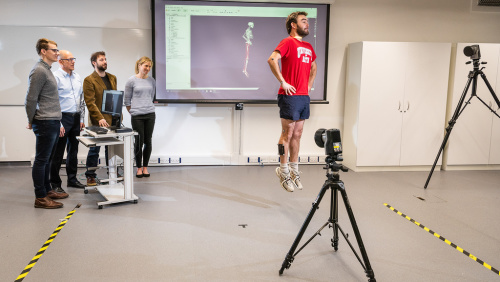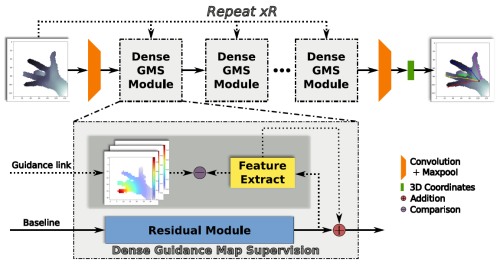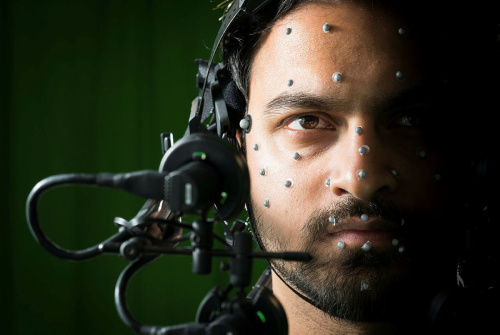Two new sports biomechanics papers published
News

We have two new papers recently published.
How sprinters accelerate beyond the velocity plateau of soccer players: Waveform analysis of ground reaction forces
The forces applied to the ground during sprinting (as well as aerodynamic drag) directly determine an athlete’s acceleration, which is clearly important to many athletics events, but is also fundamental in many team sports. However, as higher running speeds are attained, it becomes increasingly more difficult to produce enough force against the ground to continue accelerating. Inevitably, there comes a point where an athlete cannot accelerate any further and their velocity plateaus. Collaborating with researchers (Dr Ryu Nagahara and Dr Yohei Takai) from the National Institute of Fitness and Sports in Kanoya in Japan, home to a unique 50-m long force-plate system, Dr Steffi Colyer and Dr Aki Salo were able to investigate the specific parts of force production that allow faster sprinters to continue to accelerate when slower individuals (soccer players in this case) experience a plateau in velocity.
The sprinters were able to better tolerate braking (negative horizontal) forces shortly after (~30 ms) ground contact and generate higher propulsive (positive horizontal) forces later in the stance phase compared with the soccer players (differences were from ~30-80% and ~90-100% of the stance phase). Collectively, force production during these specific phases of stance allowed sprinters to continue to increase their centre of mass velocity beyond that of the soccer players.
As well as contributing to the fundamental understanding of sprint running biomechanics, such findings can be used to inform coaching and guide athletes’ training to improve acceleration at high velocity.
Read the full text here.
A Review of the Evolution of Vision-Based Motion Analysis and the Integration of Advanced Computer Vision Methods Towards Developing a Markerless System
Abstract
Background: The study of human movement within sports biomechanics and rehabilitation settings has made considerable progress over recent decades. However, developing a motion analysis system that collects accurate kinematic data in a timely, unobtrusive and externally valid manner remains an open challenge.
Main body: This narrative review considers the evolution of methods for extracting kinematic information from images, observing how technology has progressed from laborious manual approaches to optoelectronic marker-based systems. The motion analysis systems which are currently most widely used in sports biomechanics and rehabilitation do not allow kinematic data to be collected automatically without the attachment of markers, controlled conditions and/or extensive processing times. These limitations can obstruct the routine use of motion capture in normal training or rehabilitation environments, and there is a clear desire for the development of automatic markerless systems. Such technology is emerging, often driven by the needs of the entertainment industry, and utilising many of the latest trends in computer vision and machine learning. However, the accuracy and practicality of these systems has yet to be fully scrutinised, meaning such markerless systems are not currently in widespread use within biomechanics.
Conclusions: This review aims to introduce the key state-of-the-art in markerless motion capture research from computer vision that is likely to have a future impact in biomechanics, while considering the challenges with accuracy and robustness that are yet to be addressed.
Steffi L. Colyer, Murray Evans, Darren P. Cosker and Aki I. T. Sports Medicine – Open(2018)4:24
You can read the full text here.








